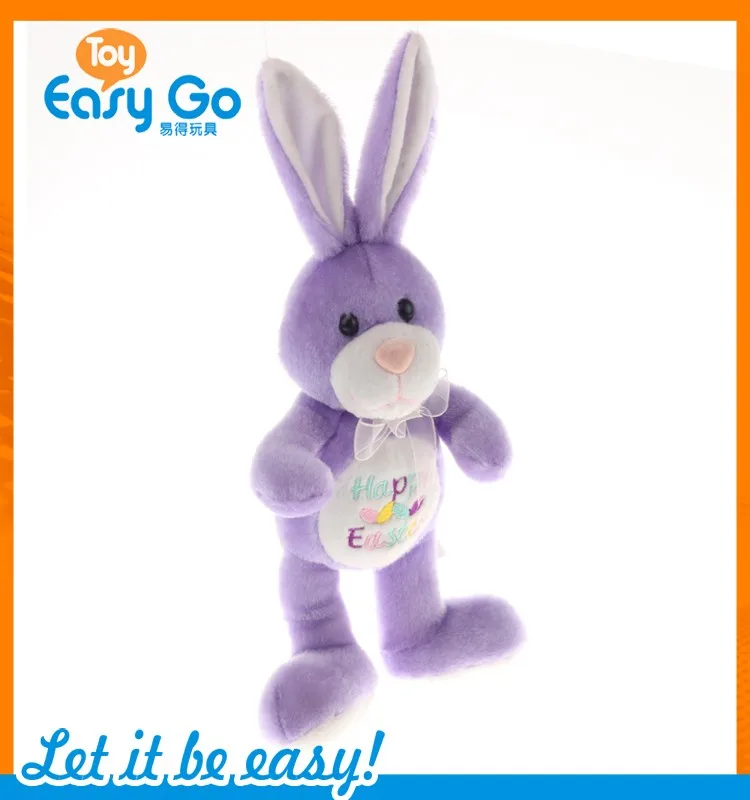

It is important to note that communication is Asynchronous in the messaging queue, which means the sender and receiver do not need to interact with the message at the same time. RabbitMQ receives, stores, and forwards the data or messages. Similarly, in the world of Softwares communication works the same way.Ĭonsider an analogy of a mailbox where you send your letter or email to the recipient via mail service and you are assured that it will be received. In the latter case, we do not wait until the response arrives and therefore we can continue our own work, as we are not dependent on the response. Why do we need a Messaging Queue?Ĭommunication is a two-way process we may receive an immediate response, but we may also receive a response after some time. Various programming languages provide support for RabbitMQ. It’s a popular AMQP (Advanced Message Queuing Protocol)broker. RabbitMQ is an open-source message broker that allows enterprise applications to communicate with each other. So, let’s begin learning! What is a RabbitMQ?
#SPRING RABBIT CONVERTER HOW TO#
We will also walk through a step-by-step guide to implement messaging using RabbitMQ in a Spring Boot Application and will see how to publish and consume messages in a queue using RabbitMQ. Import this article, we will learn about RabbitMQ and explore its common use-cases. Import .converter.MappingJackson2MessageConverter For more information, see Messages, payloads, and serialization.
#SPRING RABBIT CONVERTER CODE#
The following code example sets the BytesMessage content-type to application/json. You can use a customized MessageConverter bean to convert between Java objects and JMS messages. Save and close the TopicReceiveController.java file. Import class ServiceBusJmsStarterApplication ", user.getName()) Open the main application Java file in a text editor.Īdd the following code to the file: package

users/example/home/servicebus/src/main/java/com/wingtiptoys/servicebus/ServiceBusJmsStarterApplication.java Locate the main application Java file in the package directory of your app for example:Ĭ:\SpringBoot\servicebus\src\main\java\com\wingtiptoys\servicebus\ServiceBusJmsStarterApplication.java In this section, you create the necessary Java classes for sending messages to your Service Bus queue or topic and receive messages from your corresponding queue or topic subscription. Implement basic Service Bus functionality Specify the JMS client ID, which is your Service Bus Subscription ID in the Azure portal. Save and close the application.properties file. Premium uses Java Message Service (JMS) 2.0, while standard and basic use JMS 1.0 to interact with Azure Service Bus. Supported values are premium, standard, and basic. Specify the pricing tier of your service bus. Specify the connection string you obtained in your Service Bus namespace from the Azure portal. Replace the placeholder values with the appropriate values for your service bus, and do not put quotes around the values. Open the application.properties file in a text editor.Īppend the following code to the end of the application.properties file. users/example/home/servicebus/application.properties Locate the application.properties in the resources directory of your app for example:Ĭ:\SpringBoot\servicebus\application.properties In this section, you see how to configure your app to use either a Service Bus queue or topic. Spring-cloud-azure-starter-servicebus-jms Locate the pom.xml file in the parent directory of your app for example:Īdd the Spring Boot Azure Service Bus JMS starter to the list of : Spring Boot version 2.5 or higher is required to complete the steps in this article. Remember to select Maven Project and, under Dependencies, add the Web dependency, then select 8 or 11 for the Java version. If you don't have a Spring Boot application, create a Maven project with the Spring Initializr. Also, make note of the connection string in the namespace as you need it for this tutorial's test app. Ensure that the namespace meets the requirements specified in the previous step. If you don't have a configured Service Bus queue or topic, use the Azure portal to create a Service Bus queue or create a Service Bus topic. Has an access policy with read/write access for your queue and topic.

If you already have a configured Service Bus queue or topic, ensure that the Service Bus namespace meets the following requirements: For more information about the JDKs available for use when developing on Azure, see Java support on Azure and Azure Stack.

#SPRING RABBIT CONVERTER FREE#
The following prerequisites are required for this article:Īn Azure subscription if you don't already have an Azure subscription, you can activate your MSDN subscriber benefits or sign up for a free account.Ī supported Java Development Kit (JDK), version 8 or later.


 0 kommentar(er)
0 kommentar(er)
